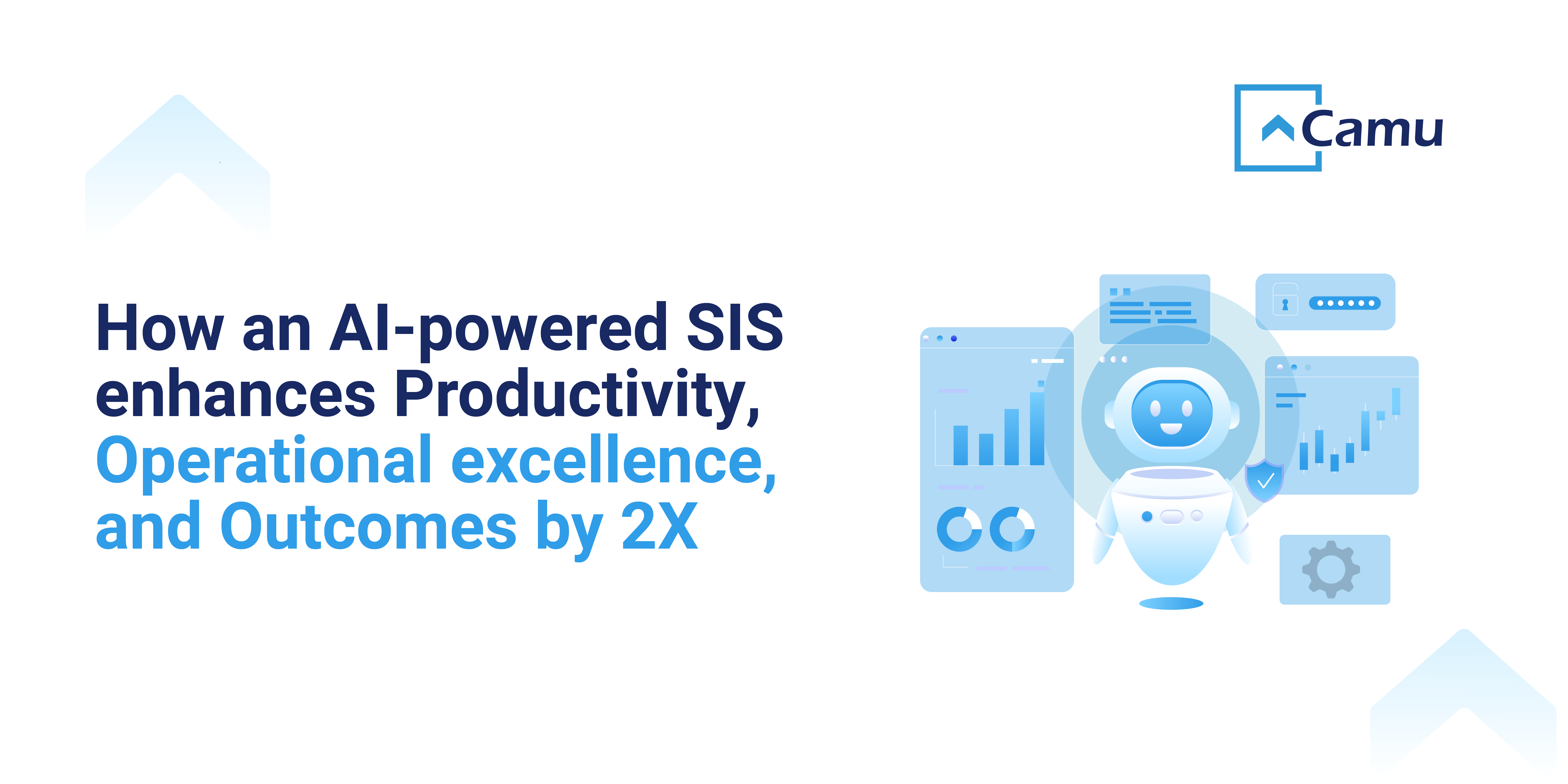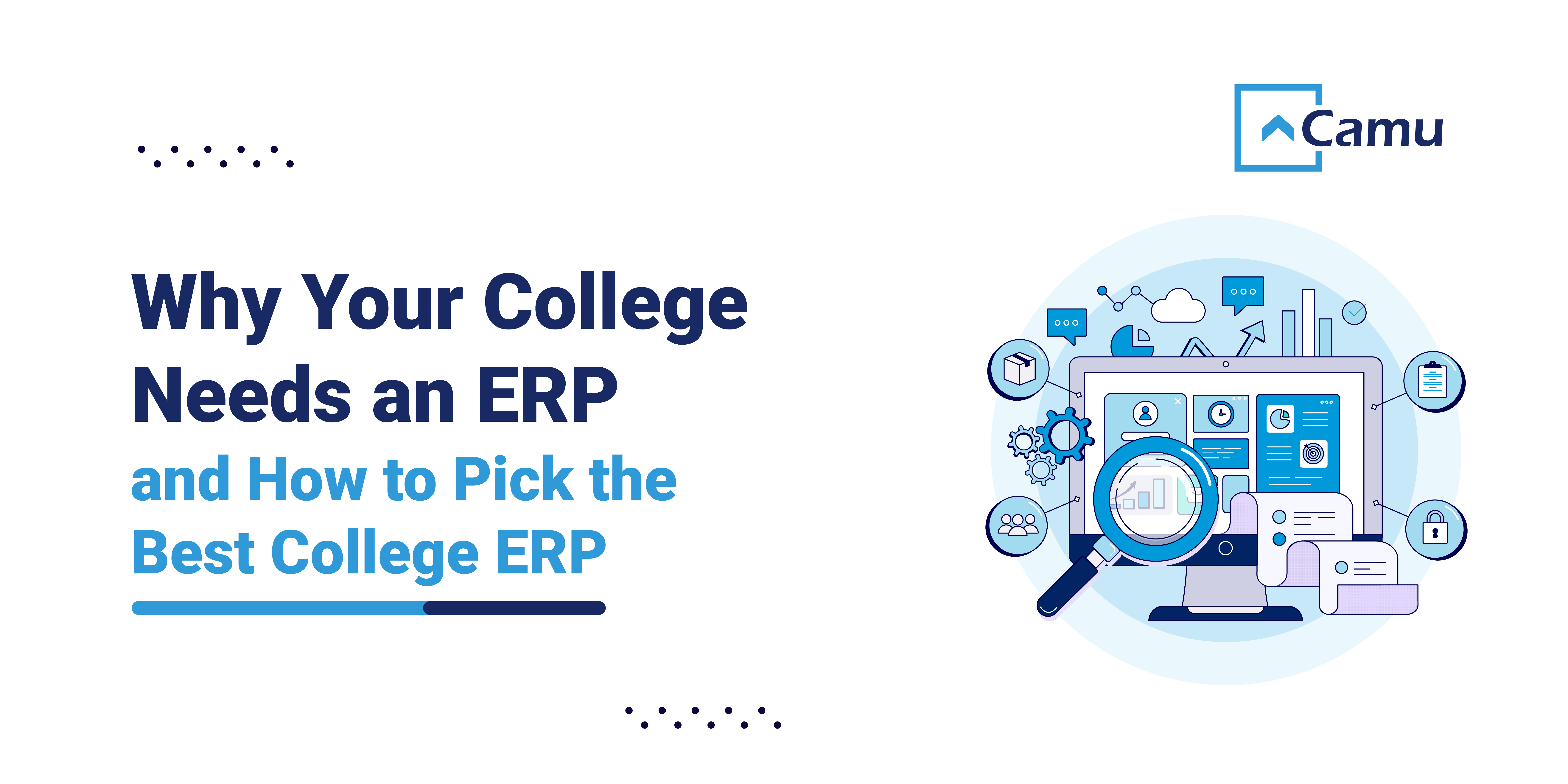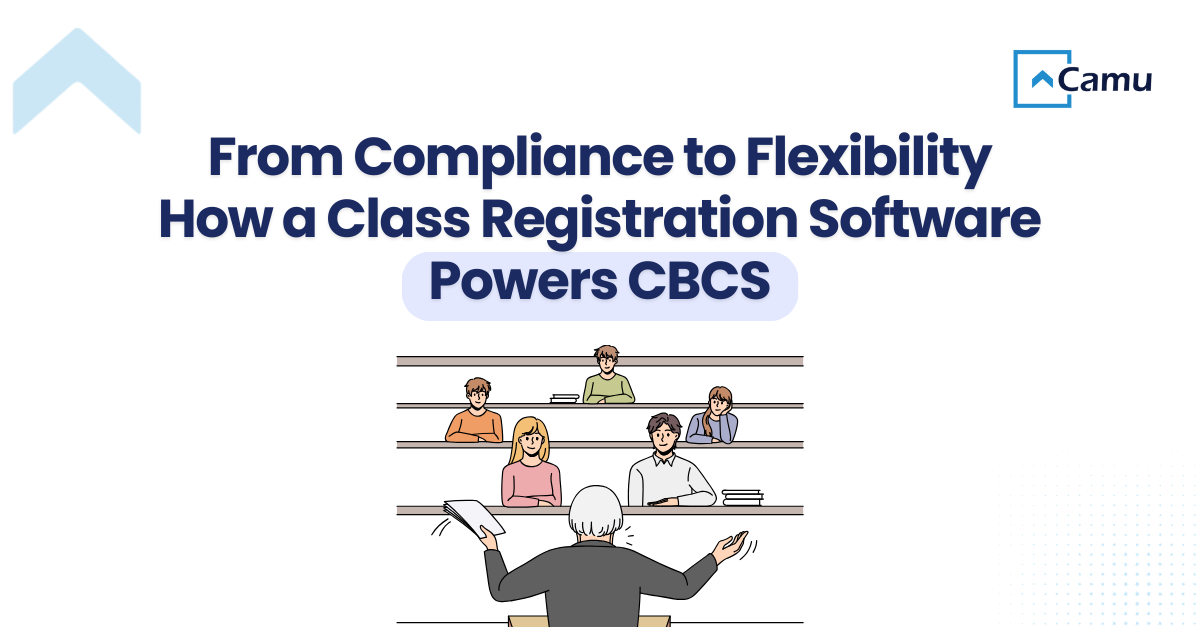Table of Contents
The Importance of Students and Admissions in Educational Institutions
The Changing Admission Scenario with Automated Admission Management Systems
Five Key Advantages of Higher Education Admissions Software
3.1 Better Results Through Personalized Marketing Campaigns
3.2 Personalized Communications Build Stronger Student Relationships
3.3 One-on-One Sessions Enhance User Experience
3.4 Centralized Data Provides Ready Access to Information
3.5 Increased Student Enrollment and Admissions
Conclusion: Elevating Academic Institutions with Automated Admission Management
The Importance of Students and Admissions in Educational Institutions
Students are the most important resources for an educational institution, and admissions represent one of the most crucial administrative tasks in the academic cycle. Since admissions largely determine the prospects of the academic year, schools often allocate significant resources to ensure this process runs smoothly and error-free.
However, with the rising volume of admissions each year, manual management becomes tedious and time-consuming. It also becomes increasingly difficult to make accurate entries manually due to the volume and complexity involved. School administrators need to track student-specific details such as subject combinations, scholarships, discounts, and other unique factors, adding layers of complexity to the enrollment process.
The Changing Admission Scenario with Automated Admission Management Systems
In this challenging scenario, automated higher education admissions software plays a critical role. These systems integrate technology with education and administrative processes to benefit academic stakeholders.
Higher education software makes the student onboarding process secure, intuitive, and easy to navigate. It simplifies administrative tasks such as:
Overall, these systems accelerate onboarding by streamlining various steps associated with admissions.
Five Key Advantages of Higher Education Admissions Software
1. Better Results Through Personalized Marketing Campaigns
Personalized marketing campaigns help potential students understand the advantages of enrolling in your institution. These campaigns address student perceptions and enrollment challenges by using targeted text/email campaigns and personalized microsites.
Unlike generic marketing strategies, hyper-personalized campaigns deliver tailored academic information that resonates with student expectations, thereby improving your institution’s marketability and admission rates.
2. Personalized Communications Build Stronger Student Relationships
Frequent generic communications rarely persuade students to commit to your institution. Instead, personalized content that demonstrates genuine interest in students’ welfare is far more effective.
The Gen Z population is savvy and easily dismissive of aggressive marketing tactics. Personalized communication stands out in digital noise and is less likely to be ignored or end up in spam folders.
3. One-on-One Sessions Enhance User Experience
Understanding the admission process from the student’s perspective reveals the stress they experience navigating through newsletters, FAQs, forums, and websites.
Creating a digital campus platform that includes triggered campaigns, personalized videos, live chats, and virtual meetings increases engagement with prospective students. This instant and fully digital experience helps clear doubts and motivates students by supporting them throughout their admission journey.
4. Centralized Data Provides Ready Access to Information
Educational institutions need relevant, accurate, and up-to-date information instantly. A centralized data repository provides this by:
Allowing real-time access to critical data
Helping plot trends and generate marketing engagement reports
Improving student-faculty relationships
Enabling barrier-free internal and external communication
Enhancing inter-departmental transparency and productivity
Avoiding data silos is essential to keep administrative processes efficient and engaging.
5. Increased Student Enrollment and Admissions
Automated admissions software enhances efficiency and productivity by:
This removes outdated paper applications and clunky websites from the student experience, enabling enrollment anytime and anywhere. The result is a steady flow of applications and better admission rates.
Conclusion: Elevating Academic Institutions with Automated Admission Management
The primary objective of automated admissions systems is to computerize tedious and repetitive admissions processes, offering students a faster, easier, and more transparent way to manage their admissions.
Institutions that deploy higher education admissions software enjoy improved statistics on student success, enrollment, and retention. This makes it an essential investment for any academic institution aiming for excellence.





